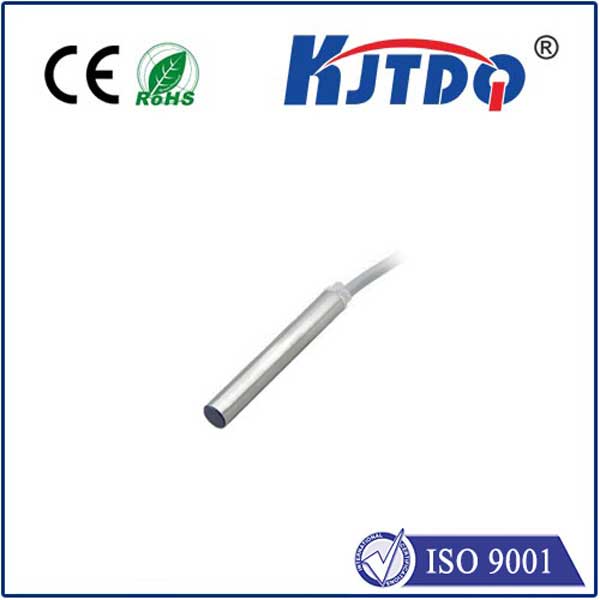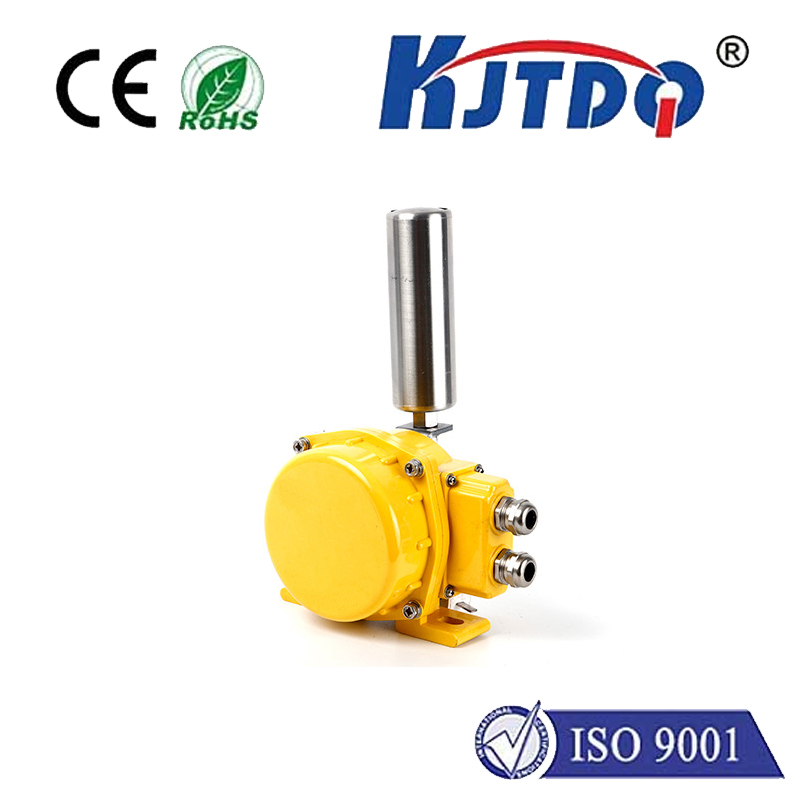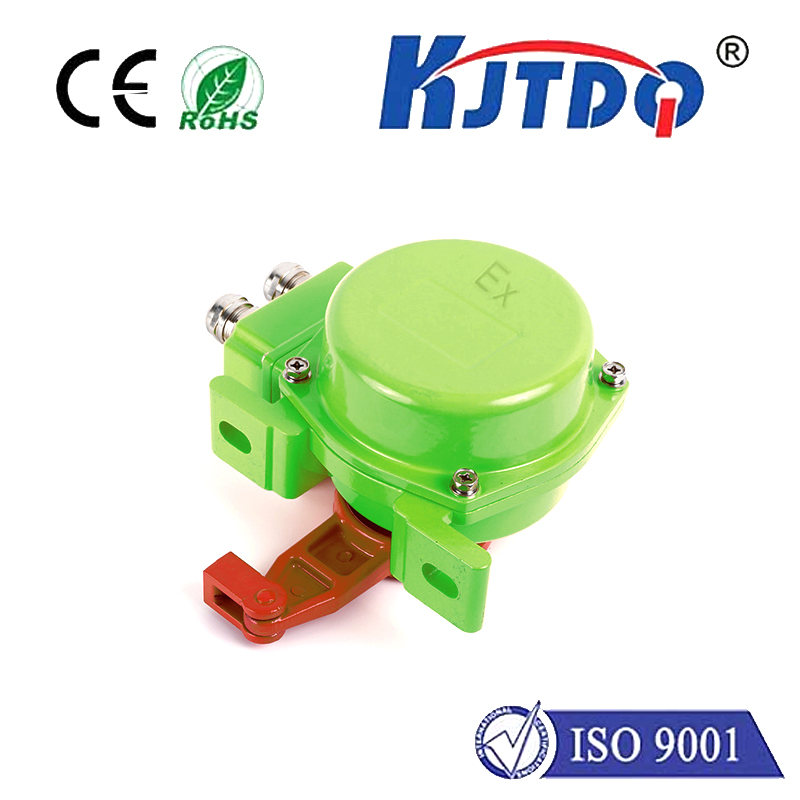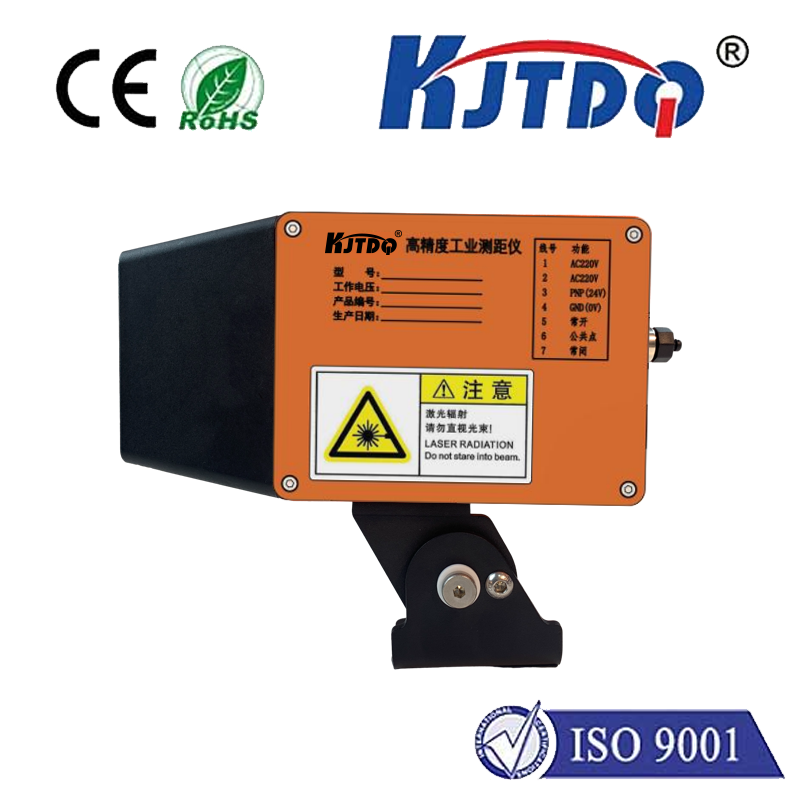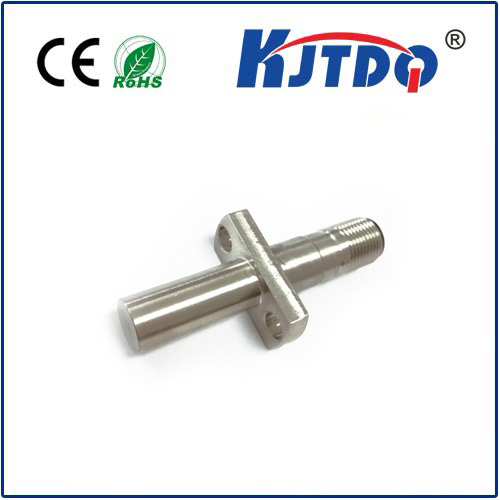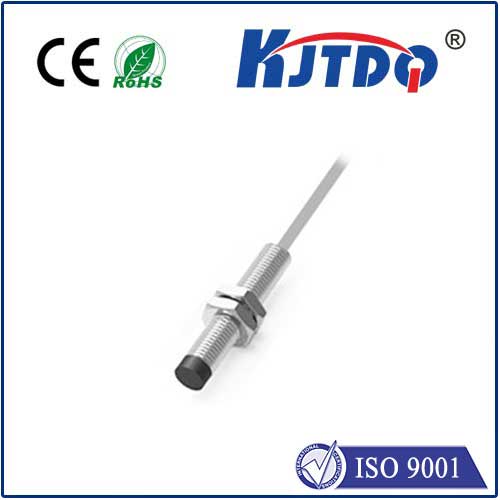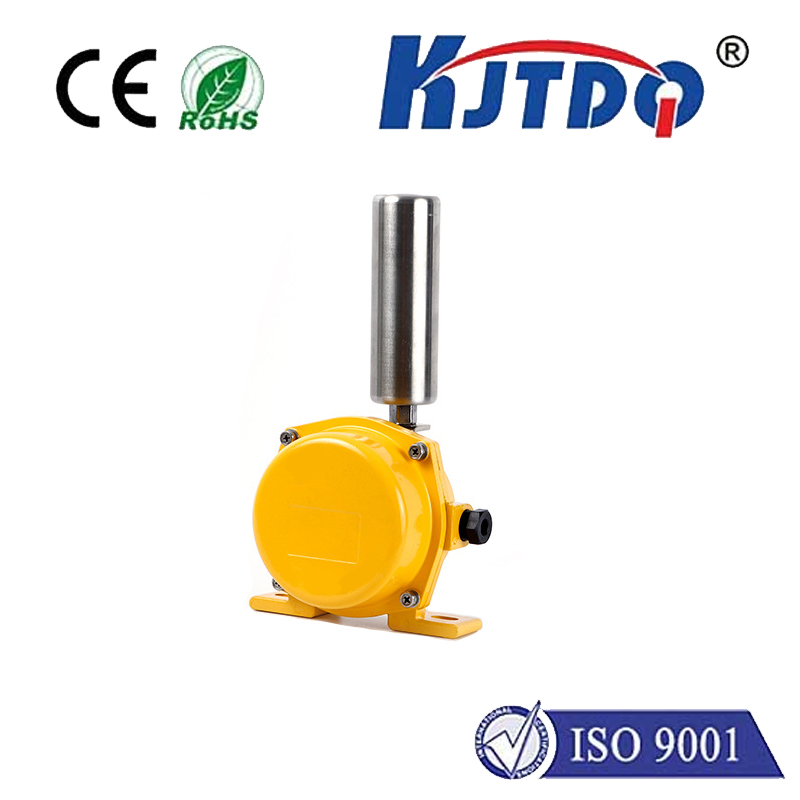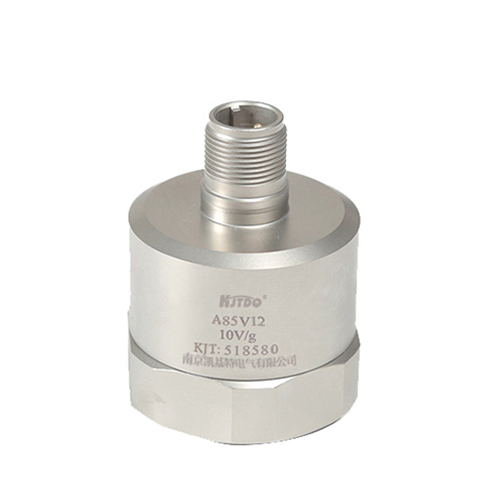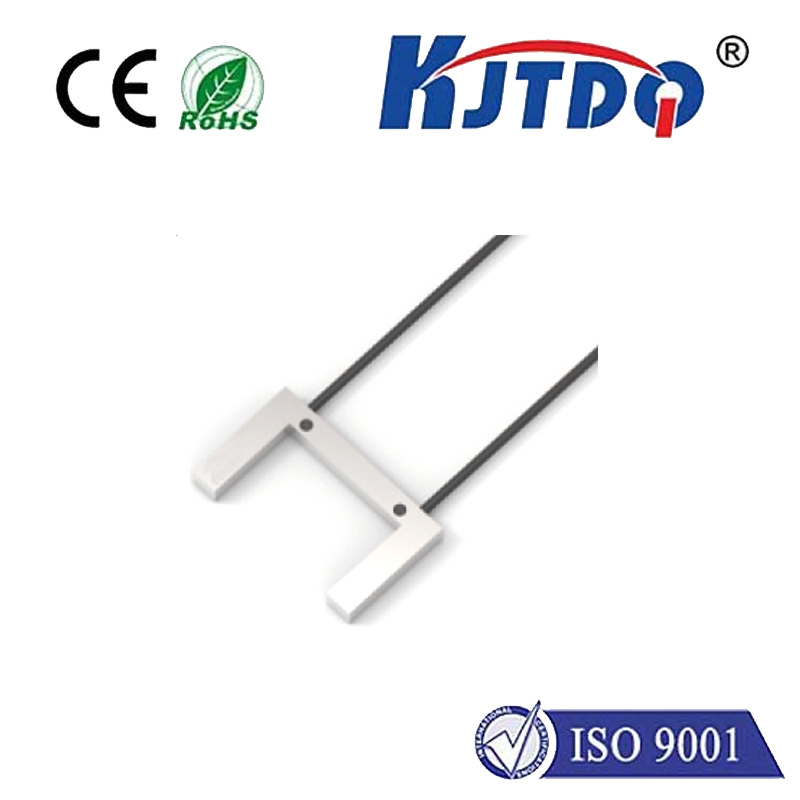

check

check

check

check

check

check

check

check

check

check
In today’s rapidly advancing technological landscape, the role of sensors in capturing and interpreting real-world data cannot be overstated. Among the myriad of sensors available, linear velocity sensors hold a unique position by virtue of their ability to measure the speed at which an object moves in a straight line. This capability is crucial across various applications, from industrial automation to automotive safety systems. In this article, we will delve into the functionality, significance, and applications of linear velocity sensors.
A linear velocity sensor, at its core, is a device designed to detect and measure the velocity at which an object traverses a linear path. Unlike rotational sensors that measure angular velocity, linear velocity sensors focus on the straight-line motion of an object. They can be found in different types, including magnetic, optical, and ultrasonic sensors, each employing distinct methodologies to achieve precise measurements.
The working principle of a linear velocity sensor varies depending on its type. For instance, a common optical linear velocity sensor might use a combination of emitters and detectors to track the movement of an object passing between them. As the object moves, it interrupts a beam of light or laser, causing a change in the output signal that can be translated into velocity. Magnetic sensors, on the other hand, may utilize magnets attached to moving objects and detect their speed through changes in magnetic fields.
Automotive Industry: In vehicles, linear velocity sensors are integral for Anti-lock Braking Systems (ABS). These sensors monitor the rotational speed of each wheel to prevent locking during braking, ensuring better vehicle control and safety. Additionally, they play a role in cruise control systems by maintaining a set speed without driver intervention.
Industrial Automation: Within manufacturing plants, linear velocity sensors contribute to the precision and efficiency of conveyor belts, robotic arms, and other machinery. By monitoring the speed of these components, sensors ensure consistent production rates and reduce downtime caused by misalignment or mechanical failures.

Aerospace: In aviation, these sensors are critical for flight control systems. They help determine the aircraft’s airspeed and assist in the deployment of landing gear and flaps at appropriate velocities, contributing to overall flight safety and performance.
Sports Science: Athletes benefit from linear velocity sensors as well. These devices are utilized to analyze movements such as sprinting speeds in track and field events or swing speeds in golf. The data collected helps athletes refine their techniques and enhance their performance.
The adoption of linear velocity sensors offers several advantages across various domains:
Enhanced Precision: These sensors provide accurate measurements, which are essential for optimizing performance and ensuring the correct functioning of systems.
Increased Efficiency: By enabling real-time monitoring and adjustment capabilities, linear velocity sensors contribute to more efficient processes in industrial settings and transport systems.
Improved Safety: Whether in cars or airplanes, the data from these sensors enhances safety protocols by allowing for quicker reactions to potential hazards.
Data Analytics: The information gathered by linear velocity sensors can be used for in-depth analysis, leading to insights that drive innovation and improvement in product design and operation.
Despite their benefits, there are challenges associated with the use of linear velocity sensors. These include susceptibility to environmental factors such as dust and moisture, potential inaccuracies due to wear and tear, and the need for regular calibration. However, ongoing advancements in sensor technology promise to address these challenges. Innovations in materials, miniaturization, and integration with other smart technologies herald a future where linear velocity sensors are even more robust, accurate, and versatile.
Linear velocity sensors are an indispensable part of modern technology, providing critical data that enhances efficiency, safety, and performance across various industries. As technology continues to evolve, so too will the capabilities and applications of these sensors. Their continued development promises to unlock new possibilities and drive progress in areas we have yet to imagine.
